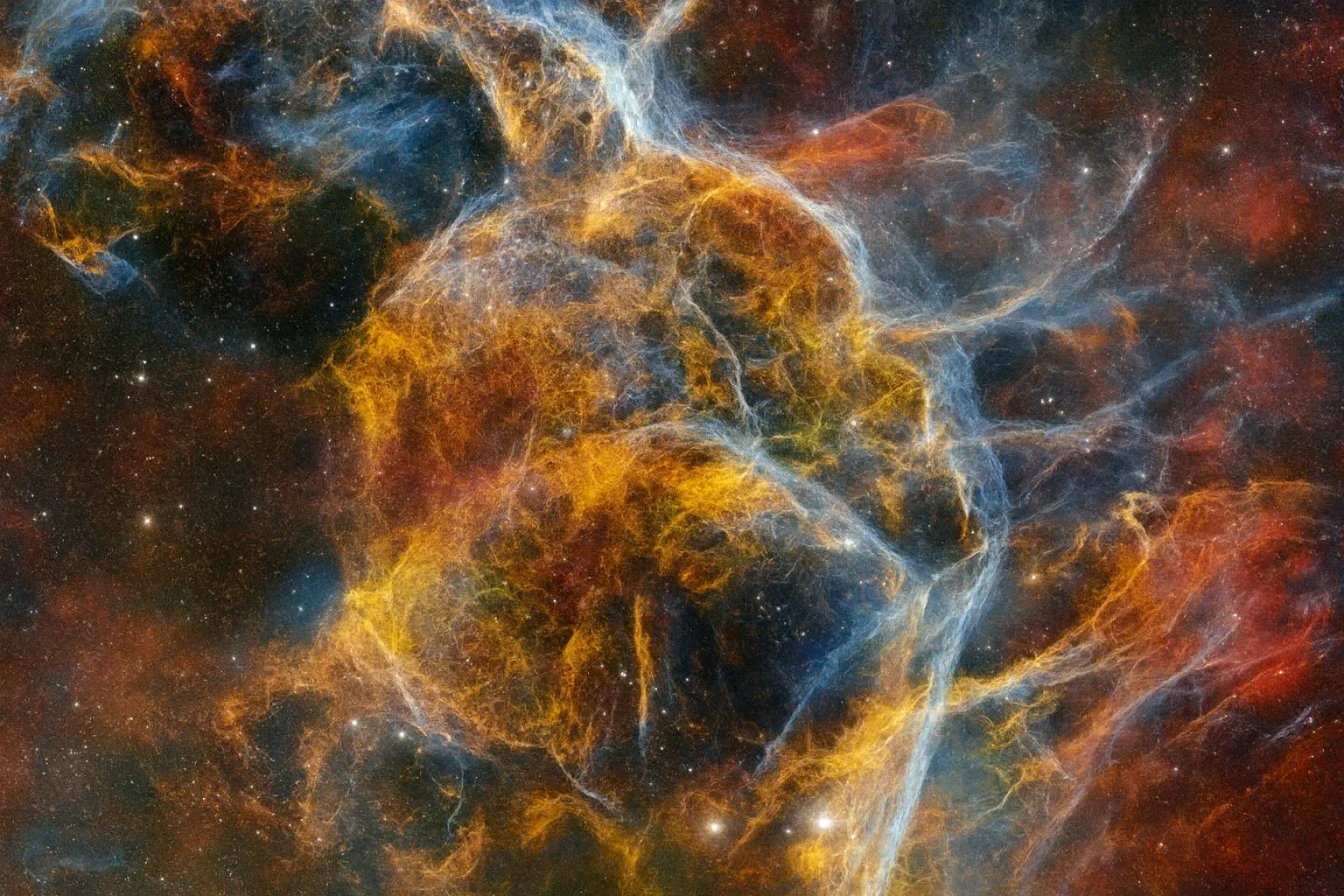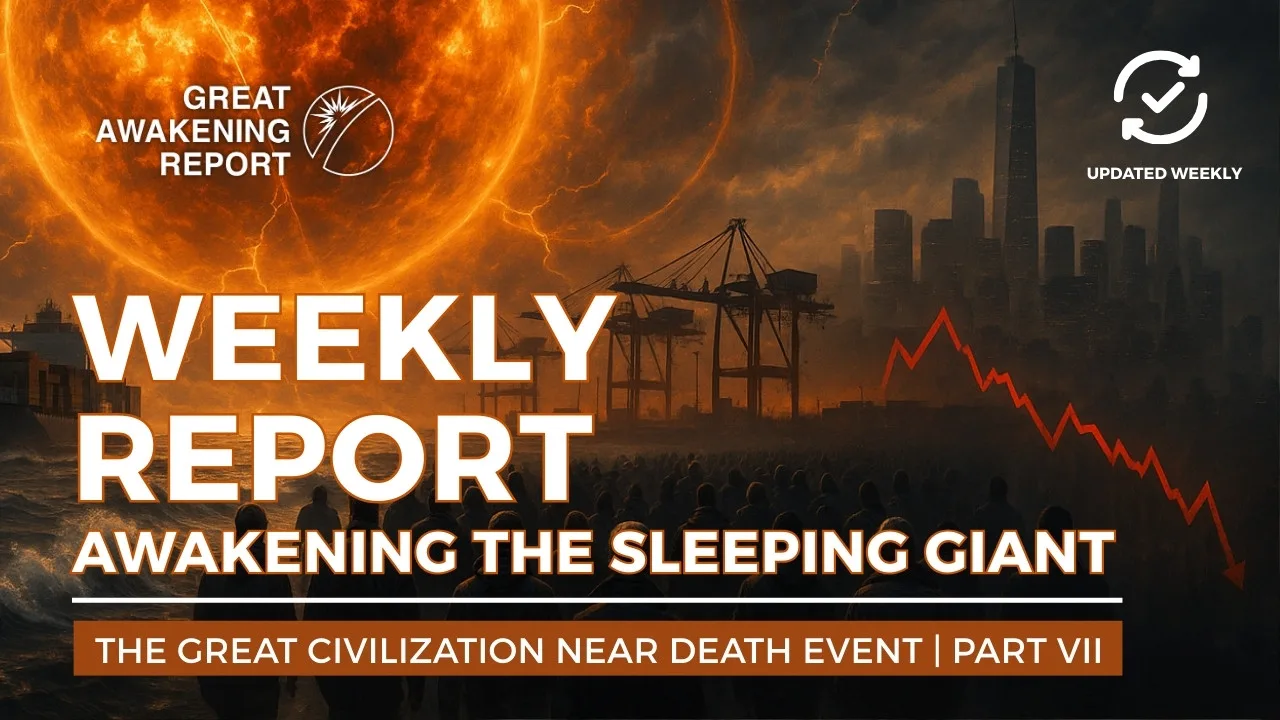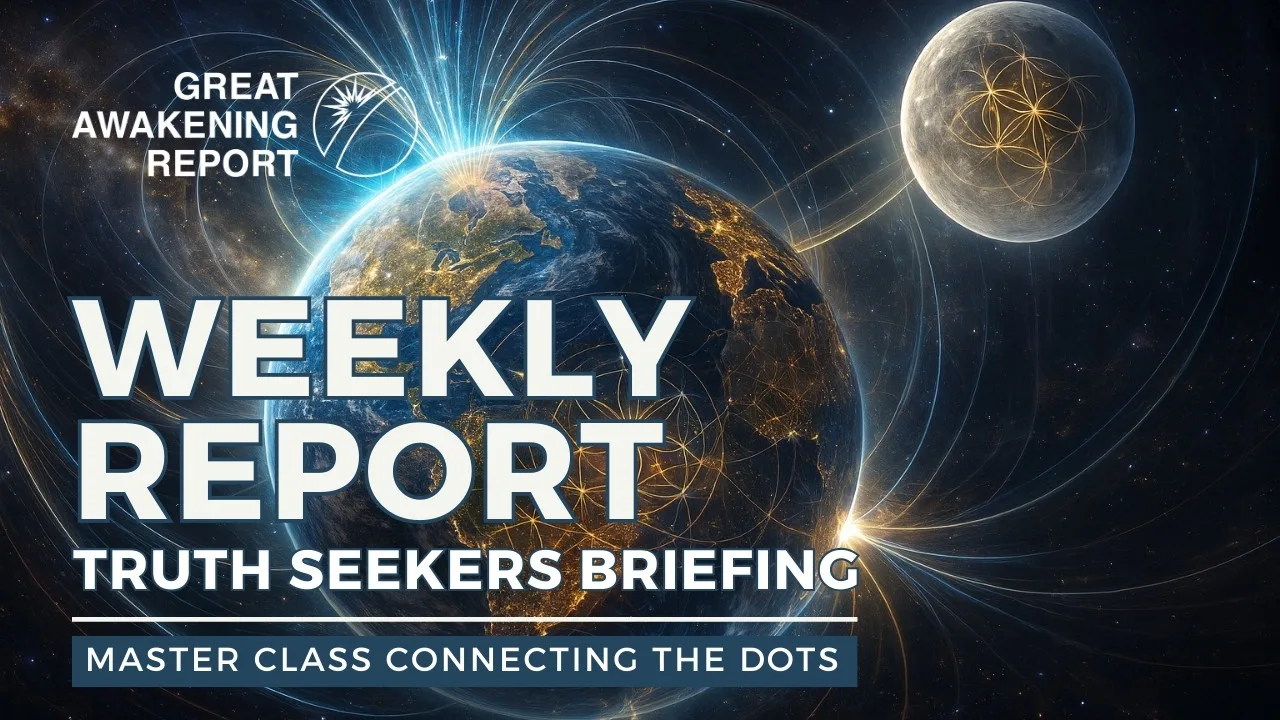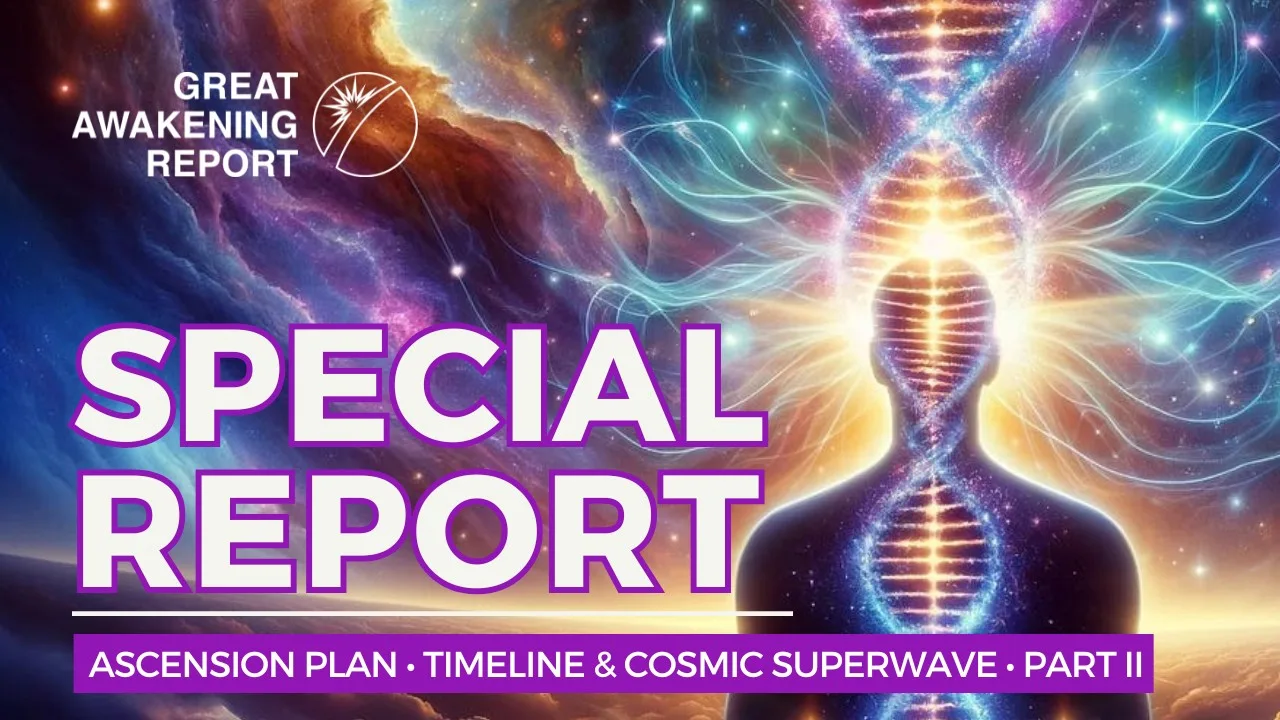Introduction to Cosmic Catastrophes
Cosmic catastrophes refer to significant celestial events that drastically alter the structure and evolution of the universe, including Earth. These events can range from supernovae, which are explosive deaths of stars, to asteroid impacts and gamma-ray bursts. Historically, such catastrophes have had profound impacts on the Earth’s environment and biological evolution. For instance, it’s believed that an asteroid impact approximately 66 million years ago led to the Cretaceous-Paleogene extinction event, wiping out the dinosaurs and allowing mammals to thrive and evolve into the dominant land animals thereafter [Source: Scientific American].
Moreover, cosmic phenomena like supernovae can contribute to the cosmic dust necessary for forming planets and life. The chemical elements synthesized during these events enrich the interstellar medium, where new stars and planetary systems emerge [Source: Space.com]. Understanding these cosmic catastrophes provides valuable insights into not only the past structure of our universe but also the ongoing processes that shape life on Earth today.
Understanding the Cosmic Catastrophe Cycle
The Cosmic Catastrophe Cycle is characterized by a series of cyclical cosmic events that lead to patterns of destruction and renewal. Researchers have identified various phenomena, including supernova explosions, asteroid impacts, and volcanic eruptions, that can dramatically reshape celestial bodies and Earth itself. These events often cause significant shifts in both physical landscapes and biological ecosystems.
For example, the impact of large asteroids has been linked to mass extinctions on Earth, such as the extinction of the dinosaurs about 66 million years ago. This catastrophic event led to a dramatic restructuring of life on the planet, clearing the way for new species to emerge and evolve in the absence of dominant dinosaur species [Source: Australian Mining].
Moreover, supernovae play a crucial role by dispersing elements necessary for life into the interstellar medium, essentially seeding new planets and star systems with the building blocks of life. The dust and gas ejected from these explosions can trigger star formation in nearby molecular clouds, creating a cycle of destruction that fosters renewal [Source: Farm Progress].
Throughout history, Earth has experienced varying types of geological and climatic changes, often influenced by these cosmic events. Understanding these cycles not only provides insight into the past but also helps in predicting future changes, emphasizing the intricate link between cosmic dynamics and terrestrial life. By analyzing the impacts of these catastrophic events, scientists contribute to a broader understanding of planetary and interstellar evolution, highlighting the continuous cycle of destruction followed by renewal in the cosmos [Source: BCIS].
The Phenomenon of Micro Novae
Micro novae are a less intense and more frequent type of stellar explosion compared to regular novae. They occur in binary star systems where a white dwarf accumulates matter from a companion star, leading to periodic, rather than singular, explosive events that are less luminous than typical novae. Micro novae are significant in that their lower energy releases can be cyclical, often repeating within time spans ranging from days to months, unlike traditional novae which usually occur once every few decades or longer [Source: Australian Mining].
The implications of micro novae for planetary systems are profound. Because they release energy in smaller doses, the potential for disrupting surrounding planetary atmospheres is reduced compared to larger nova explosions. However, the cumulative effect of repeated micro novae may still pose risks to nearby planets, such as altering their atmospheres or potentially affecting the stability of orbits in the long run. This research aids in understanding the complex dynamical systems that can influence habitability in those regions, making micro novae an essential study area in astrophysics and planetary science [Source: BCIS].
In summary, micro novae contribute to our understanding of stellar evolution and the potential effects on planetary systems, which is crucial for assessing habitability and the evolution of solar systems [Source: Farm Progress].
Amnesia in Cosmic Events
The phenomenon of amnesia regarding cosmic events reflects humanity’s inherent tendency to forget past cataclysms, which could significantly shape our responses to future threats. History has shown that catastrophic events, such as asteroid impacts and supervolcanic eruptions, have altered life on Earth, yet these events often fade from collective memory, leading to a lack of preparedness for similar occurrences.
In ancient times, cataclysms like the Toba supereruption around 74,000 years ago, which may have caused a volcanic winter, are believed to have nearly wiped out human populations. However, as generations progress, the urgency to remember such events diminishes, contributing to a dangerous complacency. Evidence suggests that even recognizable climate shifts or solar flares that disrupt technological infrastructures are often interpreted as isolated incidents rather than warnings of larger patterns.
Modern knowledge about cosmic threats is critical; for instance, astronomers estimate that large asteroids capable of causing mass extinction occur every few million years. The recent advances in tracking Near-Earth Objects (NEOs) highlight the need for vigilance and awareness—however, this knowledge often competes with daily concerns, leading to public apathy. Furthermore, misconceptions and misinformation about these risks can further impair collective memory and understanding [Source: Great Awakening Report].
Engaging with the past, recognizing historical patterns, and leveraging technology for monitoring could empower communities to better prepare for future cosmic threats. Education and awareness initiatives could bolster humanity’s memory, ensuring we do not repeat the mistakes of negligence related to events capable of cataclysmic impact on our civilization.
The Role of Supernovae in the Universe
Supernovae are cataclysmic explosions that occur at the end of a star’s life cycle, playing a crucial role in the evolution of galaxies and the formation of new stars and planets. These events can be classified into two main types: Type I supernovae, which result from the detonation of a white dwarf in a binary star system, and Type II supernovae, which occur when a massive star exhausts its nuclear fuel and collapses under its own gravity.
The explosion of a supernova releases an enormous amount of energy, scattering heavy elements—like carbon, oxygen, and iron—into the interstellar medium. This enrichment is vital for star formation, as the expelled materials provide the building blocks for new stars and planetary systems. Studies suggest that supernovae contribute significantly to the cosmic abundance of these elements, facilitating the chemical evolution of galaxies over time [Source: Scientific American].
Moreover, supernovae can trigger the formation of new stars by compressing nearby gas clouds, igniting new stellar nurseries. The shock waves from the explosion sweep through space, creating regions of high density where new stars can form from the accumulated gas [Source: NASA]. This interplay between destruction and creation highlights the dynamic processes at work in our universe, with supernovae acting both as destroyers and as catalysts for stellar birth. Therefore, their role is fundamental not just for the immediate vicinity of the explosion but also for the larger context of galactic evolution.
Impacts of Cosmic Events on Earth
Cosmic events, such as asteroid impacts, have significantly influenced Earth’s ecology and climate throughout history. One of the most notable instances is the impact event about 66 million years ago, which is widely believed to have led to the mass extinction of the dinosaurs. This event, caused by a 10-kilometer-wide asteroid strike near present-day Mexico’s Yucatán Peninsula, resulted in dramatic climatic changes. The impact generated vast amounts of dust and debris, blocking sunlight and causing a “nuclear winter” effect that drastically cooled the planet’s surface temperatures, disrupting photosynthesis and leading to widespread plant and animal extinctions [Source: Nature].
Another example includes the Chicxulub impact, which released energy equivalent to billions of atomic bombs. This event reconfigured ecosystems, resulting in a significant shift in dominant life forms. The aftermath saw the rise of mammals as they adapted and diversified in the absence of the dinosaurs [Source: Science].
Additionally, cosmic events like solar flares and gamma-ray bursts have been shown to affect Earth’s atmosphere and climate. Research indicates that intense solar flares can lead to significant geomagnetic storms, which disrupt the Earth’s magnetosphere and can cause widespread electrical failures, affecting weather patterns on a local scale [Source: NASA].
Understanding these cosmic impacts is crucial as it highlights Earth’s vulnerability to external forces and can inform modern-day preparations for potential future threats from space. More discussions on similar cosmic phenomena can be found in articles on the Great Awakening Report.
Future Predictions: Cosmic Catastrophe Scenarios
Cosmic catastrophes present existential risks that, while statistically rare, have the potential to devastate life on Earth. The most widely discussed scenarios include asteroid impacts, supernova explosions, gamma-ray bursts, and solar flares.
1. Asteroid Impacts: The likelihood of a devastating asteroid impact is much higher than previously thought. NASA estimates that objects with a diameter of 140 meters or more have a 1 in 600,000 chance of striking Earth annually. Events like the Tunguska explosion in 1908 highlight the potential for massive destruction, while the extinction of the dinosaurs is attributed to a much larger asteroid strike. NASA’s Planetary Defense Coordination Office is actively working to detect and potentially divert threatening asteroids through missions like the Double Asteroid Redirection Test (DART) [Source: NASA].
2. Supernova Explosions: Neighboring stars, especially those within 30 light-years, pose a notable threat if they undergo supernova explosions. The radiation from such an event could deplete Earth’s ozone layer, leading to increased exposure to harmful ultraviolet radiation. This risk is compounded by the fact that relatively nearby supernovae can have devastating effects on Earth’s biosphere [Source: Space.com].
3. Gamma-ray Bursts (GRBs): These are among the most energetic explosions in the universe, linked to the collapse of massive stars. A nearby GRB could fragment the atmosphere, severely affecting life. Fortunately, GRBs are extremely rare events, estimated to occur once every several million years within our galaxy. Research is ongoing to assess their potential impacts and how to protect Earth should such an event occur [Source: Science Daily].
4. Solar Flares and Coronal Mass Ejections (CMEs): These solar events can disrupt communications, satellites, and even power grids on Earth. The Carrington Event of 1859 demonstrates the potential severity of solar flares, which can cause widespread electrical failures and disruptions. Preparations include updating infrastructure to withstand solar events and implementing advanced monitoring systems [Source: NASA Technical Reports Server].
Mitigating these disaster scenarios involves a collective global effort in monitoring, research, and interplanetary strategies. Investments in planetary defense and strengthening infrastructure against potential cosmic threats are pivotal in safeguarding Earth’s future. Engaging with initiatives like NASA’s asteroid tracking programs and global cooperation in scientific research can enhance our preparedness for potential cosmic catastrophes.
Conclusion and Call to Action
Understanding cosmic catastrophes reveals several key insights into the potential threats humanity faces. First, the likelihood of asteroid impacts, while seemingly rare, is significant enough that NASA has initiated programs like the Near-Earth Object Observations to identify and track potentially hazardous asteroids. Preparedness for such events is crucial, as even a small asteroid could have catastrophic outcomes similar to the Tunguska event in 1908, which flattened over 800 square miles of forest in Siberia without leaving a direct impact crater [Source: Scientific American].
Second, solar flares and coronal mass ejections (CMEs) pose another cosmic threat. The 1989 geomagnetic storm, caused by a CME, knocked out power in Quebec, Canada, impacting millions. The potential for a severe solar storm to disrupt electrical grids and satellite communications necessitates robust infrastructure and emergency preparedness plans [Source: NASA].
Finally, the significance of ongoing research and education about cosmic threats cannot be overstated. Awareness leads to proactive measures, enhancing our resilience against such catastrophes. Individuals and communities are encouraged to stay informed about these celestial threats and participate in local preparedness initiatives. By fostering readiness through education and awareness, we can mitigate the risks associated with cosmic phenomena.
As we reflect on these cosmic challenges, it becomes clear that awareness and preparedness are not just necessary; they are vital for safeguarding our future against the unpredictable dangers of the universe. For more on related topics, check out our discussion on emergency preparedness here.
Sources
Share This Report
Have questions?
At Great Awakening Report, we are dedicated to supporting your journey toward truth and enlightenment through our specialized Coaching and Consulting services.
Coaching Services: Our coaching programs are designed to guide you through personal awakening and transformation. We offer personalized sessions that focus on expanding consciousness, uncovering hidden truths, and fostering spiritual growth. Our experienced coaches provide the tools and insights necessary to navigate your path with clarity and confidence.
Consulting Services: For organizations and individuals seeking deeper understanding and strategic guidance, our consulting services offer expert analysis and solutions. We delve into areas such as global transitions, alternative news insights, and consciousness studies to provide comprehensive strategies tailored to your unique objectives.
Embark on a transformative journey with our Coaching and Consulting services, and unlock your highest potential. To learn more and schedule a session, visit our Coaching and Consulting pages.
Thank you
Thank you to our subscribers and readers for your continued support and dedication to truth and awakening. Your encouragement, engagement, and belief in our mission make everything we do possible. Together, we are expanding awareness and helping illuminate the path forward.
If you would like to further support the Great Awakening team and our ongoing efforts to share insight, knowledge, and truth, you can DONATE HERE.
With deep gratitude,
– Great Awakening Team
DISCLAIMER: All statements, claims, views and opinions that appear anywhere on this site, whether stated as theories or absolute facts, are always presented by The Great Awakening Report (GAR) as unverified—and should be personally fact checked and discerned by you, the reader.Any opinions or statements herein presented are not necessarily promoted, endorsed, or agreed to by GAR, those who work with GAR, or those who read or subscribe to GAR.Any belief or conclusion gleaned from content on this site is solely the responsibility of you the reader to substantiate.Any actions taken by those who read material on this site are solely the responsibility of the acting party.You are encouraged to think for yourself and do your own research.Nothing on this site is meant to be believed without question or personal appraisal.
COPYRIGHT DISCLAIMER: Citation of articles and authors in this report does not imply ownership. Works and images presented here fall under Fair Use Section 107 and are used for commentary on globally significant newsworthy events. Under Section 107 of the Copyright Act 1976, allowance is made for fair use for purposes such as criticism, comment, news reporting, teaching, scholarship, and research.
COMMUNITY GUIDELINES DISCLAIMER: The points of view and purpose of this video is not to bully or harass anybody, but rather share that opinion and thoughts with other like-minded individuals curious about the subject.









